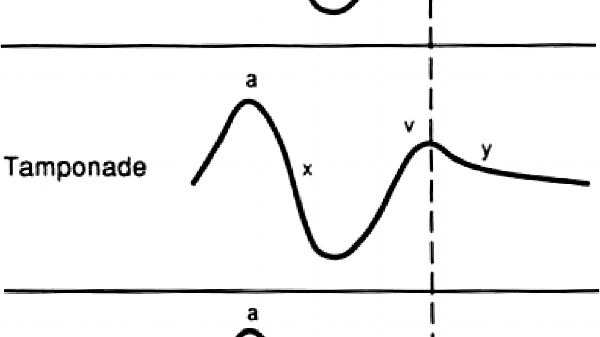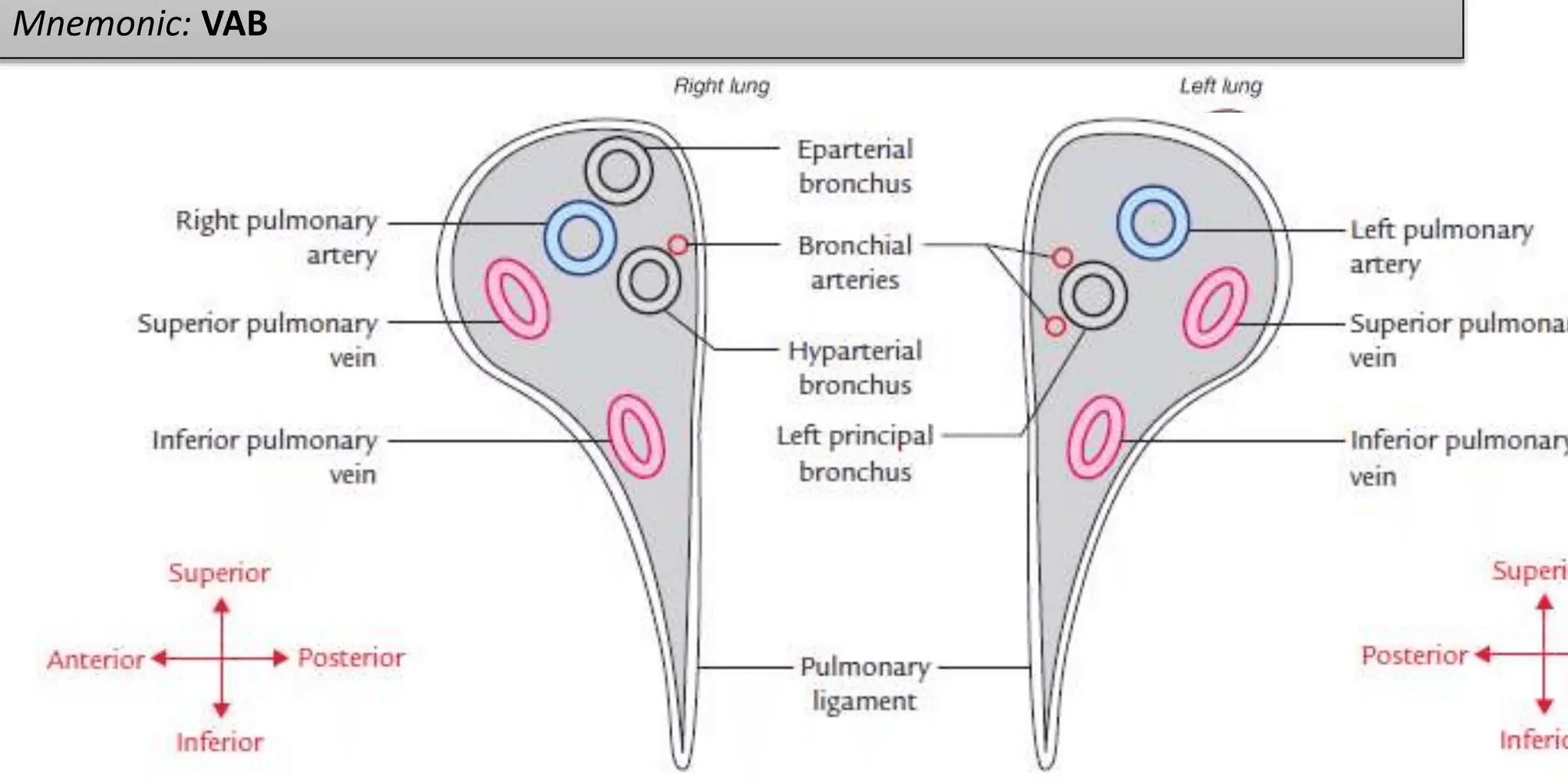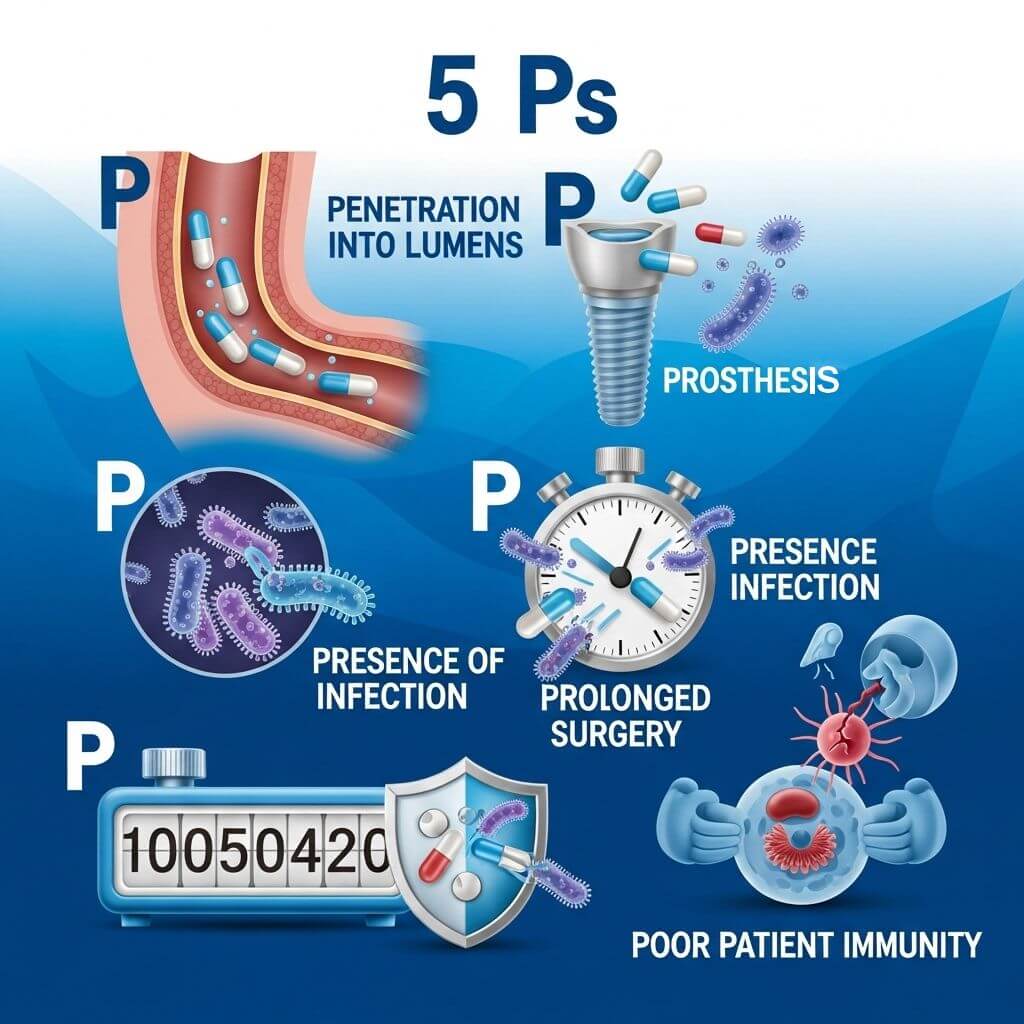There is no need of mnemonics to remember the FAB classification of Acute Myeloid Leukemia (AML); just remember the process myeloid differentiation. A simple schematic diagram with few intermediate processes and stimulating factors eliminated will meet our purpose here.
The cells belonging to the myeloid lineage are:
- Granulocytes: Neutrophils, Eosinophils and Basophils
- Monocytes and Macrophages
- Erythrocytes (RBCs)
- Megakaryocytes (Platelets)
In French-American-British (FAB) classification of AML, it is classified from M0 to M7. The scheme takes into account:
- The degree of maturation (M0 to M3)
- The lineage of leukemic blast (M4 to M7)
- M0 – undifferentiated progenitor cells
- M1 to M3 – myelocytes (granulocyte precursors)
- M4 to M5 – monocyte precursors
- M6 – erythrocyte precursors
- M7 – platelet precursors
Simplified FAB classification of AML
- M0 – Undifferentiated
- M1 – Myeloblastic without maturation
- M2 – Myeloblastic with maturation (Commonest type)
- M3 – Promyelocytic
- M4 – Myelomonocytic (Naegeli type)
- M5 – Monocytic (Schilling type)
- M6 – Erythroleukemia (Di Gulielmo’s disease)
- M7 – Megakaryocytic
AML Concepts in Concise
1. FAB used 30% blasts to delineate chronic myeloid leukemia (CML) from Blast crisis and AML. WHO revised classification uses the presence of ≥20% myeloblasts in the bone marrow or peripheral blood for the diagnosis of AML.
2. Mo, M1 and M2:
- <3% blasts are MPO positive in M0 and ≥3% blasts are MPO positive in M1
- <10% maturation beyond myeloblasts = M1
- >10% mauration beyond myeloblasts = M2
- Auer rods:
- M0 – None
- M1 – 50%
- M2 – 70%
- M3 – 100%
- t(8:21) is pressent in M2
3. M3:
- Most cases have t(15:17) – results in disruption of Retinoic Acid Receptor (RAR) required for myeloblast maturation.
- All-trans-retinoic acid is hence, used for treatment of Acute Promyelocytic Leukemia (APL).
- DIC is seen in 5-10% cases due to prothrombotic release of Auer rods.
4. M4: >20% monocytic precursors (<20% in M2)
- Myeloperoxidase positive (Myeloblastic) + Auer rod positive (Monoblastic) + Non-specific esterase positive (Monoblastic)
5. M5:
- >80% monocytic precursors
- Gum infiltration and hyperplasia
- High lysozyme level
- Auer rod negative + Non-specific esterase positive
6. M6:
- ≥50% erythroid precursors and ≥20% blasts in nonerythroid component
- Also known as Di Gulielmo’s disease or Syndrome
7. M7:
- Rapid myelofibrosis due to release of PDGF.
- Resistant to treatment
- GATA1 mutations is seen in those associated with Down’s Syndrome.
- GpIIb/IIIa or vWF positive
8. Ara-C (Cytarabine) is used for the treatment of CML except M3, in which all-trans retinoic acid is used.
9. Remission criteria:
- Complete remission = Bone marrow blasts <5%, No auer rods
- Complete blood count recovery = ANC >1000/microlitre and Platelets ≥1,00,000/microlitre
- Partial remission = ≥50% fall in blasts over pretreatment values
10. M8:
- There is no M8 in FAB classification, but some authors have proposed rare deno-vo Acute Basophilic Leukemia as M8.




Thanks a lot
Precisely summarised information.
Keep it up.